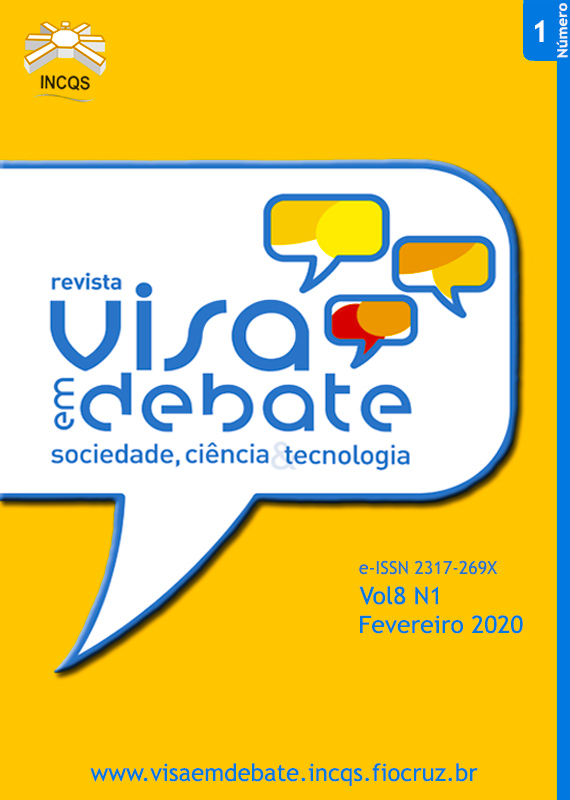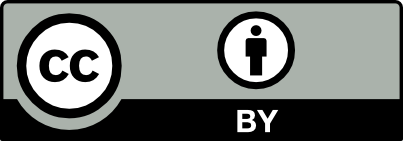Use of the IRaMuTeQ software to analyze society’s contributions in a regulatory process conducted by the National Health Regulatory Agency
DOI:
https://doi.org/10.22239/2317-269X.01429Keywords:
Brazilian Health Regulatory Agency, Social Participation, Regulatory Impact Assessment, Software IRaMuTeQ, Food LabelingAbstract
Introduction: The use of software for analyzing texts arising, for example, from open questions contained in electronic forms has been recommended in the scientific literature. Objective: To demonstrate the use of IRaMuTeQ software, as a support tool for the analysis of social contributions of regulatory process conducted by the Brazilian Health Regulatory Agency (Anvisa). Method: Case study that used a textual corpus composed of the answers of the society about the preliminary report of the Regulatory Impact Analysis of the Nutrition Labeling that was submitted to the Public Subsidy Taking (TPS) by Anvisa. Contributions were organized into two corpus, according to two groups (12 stakeholders and the general public), which underwent the following analyses in IRaMuTeQ: lexicographic analysis to determine the frequency and distribution of active words; descending hierarchical classification (CHD) to categorize active words in classes; and correspondence factor analysis (CFA) to visualize the proximity of words and classes from CHD. Results: 346 contributions were analyzed, of which 12 were part of the textual corpus of the 12 stakeholders. Four words (being, consumer, information and nutritional) of the five most frequent were equal in both textual corpora. CHD analyses of both corpora resulted in three major groups, with a slight difference in the number of lexical classes produced. CFA resulted in three lexical worlds for both textual corpora. Conclusions: The lexical analyses, using IRaMuTeQ, allowed to discriminate the argumentative tendencies as well as to understand the relations between words and classes. The IRaMuTeQ can be considered a useful tool to support the routine analysis of open questions provided in forms submitted to social participation mechanisms promoted by Anvisa. The use of software can make decision-making more agile and reliable, since it allows the public authority to know and consider the contributions of society presented in the participatory process.
Downloads
Downloads
Published
Issue
Section
License
Copyright (c) 2020 Health Surveillance under Debate: Society, Science & Technology (Vigilância Sanitária em Debate: Sociedade, Ciência & Tecnología) – “Visa em Debate”

This work is licensed under a Creative Commons Attribution-NonCommercial-NoDerivatives 4.0 International License.
COPYRIGHT ALLOWANCE The author (s) hereinafter designated as the ASSIGNOR hereby assign and transfer, free of charge, the ownership of the copyrights related to this ARTICLE to the Vigilância Sanitária em Debate: Sociedade, Ciência & Tecnologia (Health Surveillance under Debate: Society, Science & Technology) – Visa em Debate, represented by FUNDAÇÃO OSWALDO CRUZ, established at Av. Brasil, nº 4365, Manguinhos, Rio de Janeiro, RJ, Brazil, CEP 21045-900, under the conditions set out below: (a) The terms and conditions set forth in this Agreement shall apply to the following: 1. The ASSIGNOR declares that they s(he) is (are) the author (s) and owner (s) of the copyrighted property of the ARTICLE submitted. 2. The ASSIGNOR declares that the ARTICLE does not infringe the copyrights and / or other property rights of third parties, that the disclosure of images (if any) has been authorized and that they s(he) assume(s) full moral and / or property liability for its content, before third parties. 3. THE ASSIGNOR assigns and transfers all copyrights relating to the ARTICLE to the ASSIGNEE, especially the rights of editing, publication, translation into another language and reproduction by any process or technique. The ASSIGNEE becomes the exclusive owner of the rights related to the ARTICLE, and any reproduction, totally or partially, is prohibited in any other means of publicity, printed or electronic, without prior written authorization from the ASSIGNEE. 4. The assignment is free and, therefore, there will be no remuneration for the use of the ARTICLE by the ASSIGNEE.







